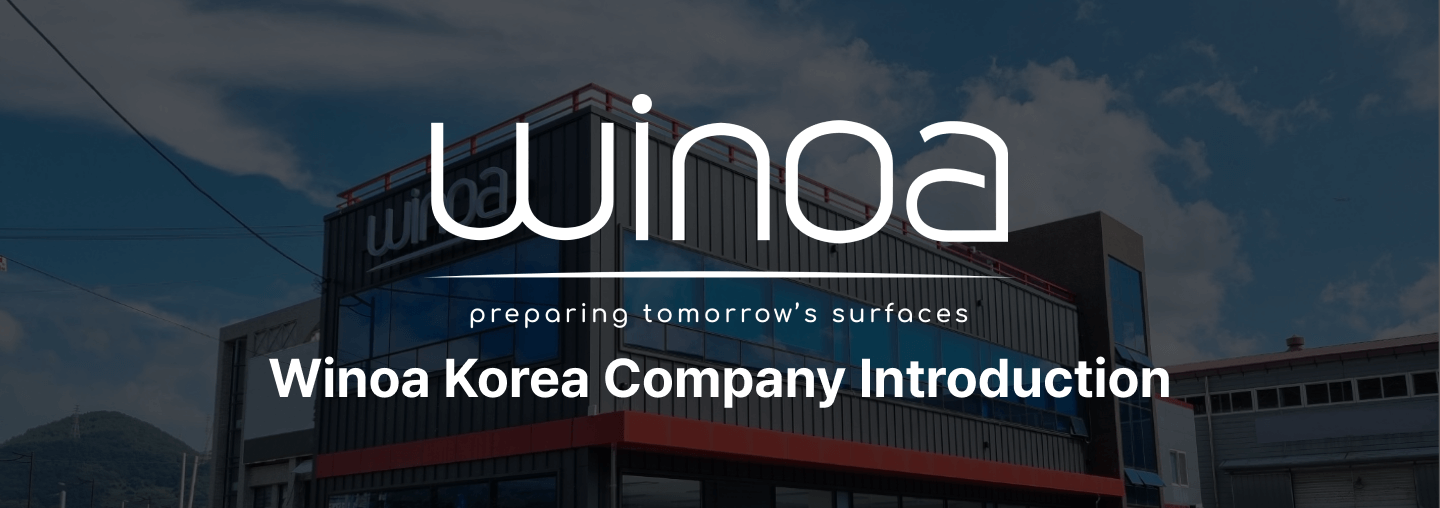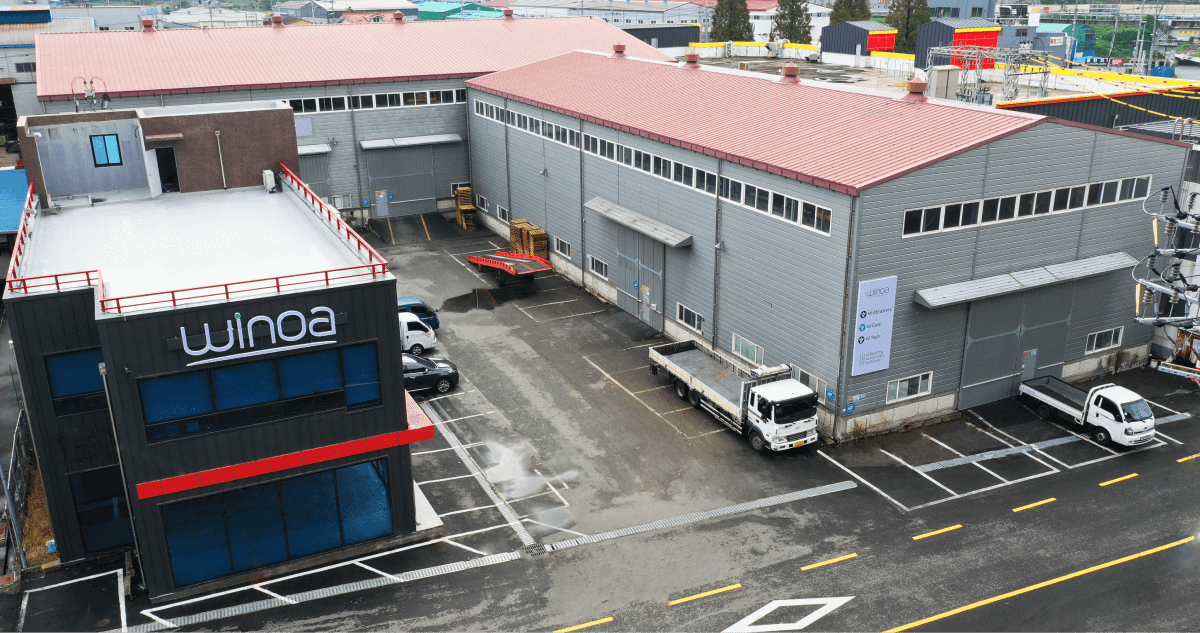Effective Descaling Techniques for Coils and Plates
Descaling in the metalworking industry, especially for coils and plates, is a vital process post-lamination. After being subjected to high temperatures during lamination, coils and plates often develop a layer of scale on their surface. This scale, if not removed, can hamper further processing and affect the quality of the final product. While acid bath treatments are commonly used, blasting is essential to maximize scale removal and prolong the life of these acid baths.





















